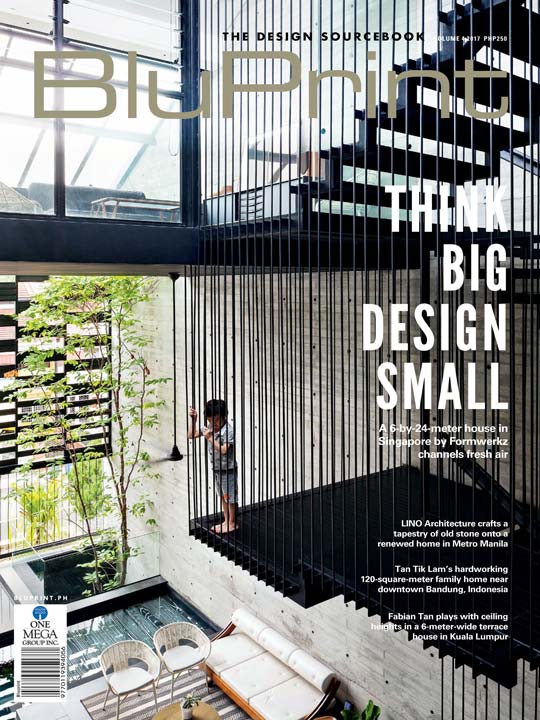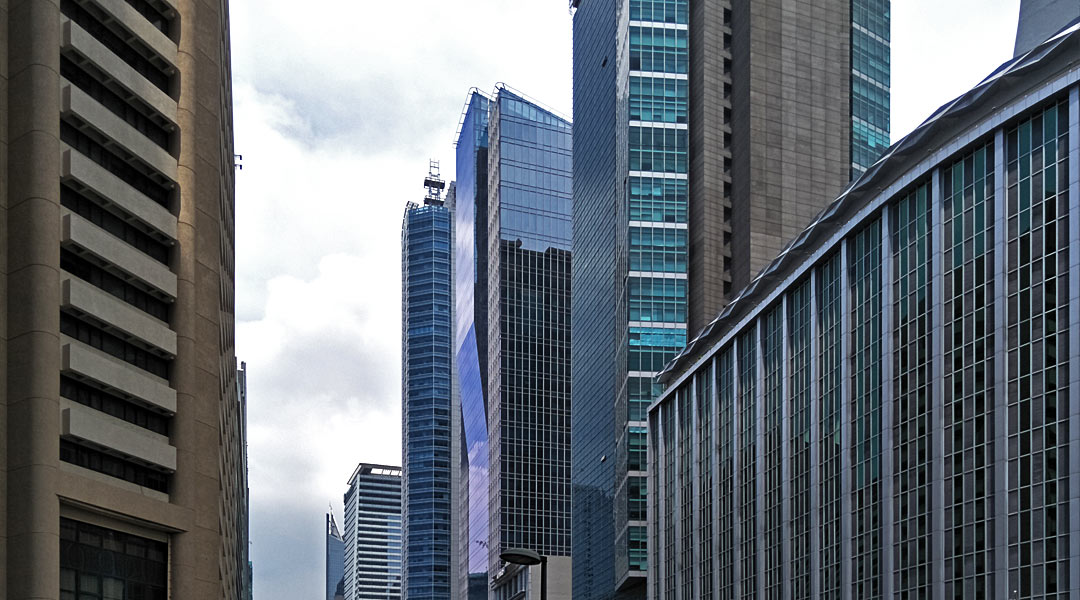
Walk through Makati with a British urbanist
As humans we develop an instinctive and emotional response to our surroundings from a very young age. We learn to use our senses, as we grow older, to gauge our immediate environment, and in turn can identify and describe the urban spaces we inhabit. Richard Coleman, the associate producer of Artkitektura Festival, took us on a Makati walkthrough, one of the scheduled tours on the festival program, which was centered around the undulating high-rise landscape along Ayala Avenue—a suitable axis from which Coleman could apply his beliefs about what makes buildings proportionally integrated, or not, in Manila.
“It’s all about recognizable parts. That’s what scale is for me. It is not solely to do with height.”
We caught up with Coleman after the Manila edition of Artkitektura had wrapped up, right before he was due to rejoin the festival organizers and speakers for the second leg in Iloilo. In a wide-ranging discussion Coleman eruditely recollects the constraints of planning tall buildings in London, including having worked on the iconic ‘Gherkin’ building with Foster & Partners and the draft of the London View Management Framework. The apprehension he expressed about the burgeoning building heights in London since then, hits closer to home when he begins to question the state of the built environment here in the Philippines. With the candor of a well-travelled tourist, Coleman picks out specific buildings and urban conditions in Manila and interrogates them with a series of whys and hows. Occasionally he is irked, with more than a tinge of disbelief, at how insensitive some designs are in responding to the tropical climate.
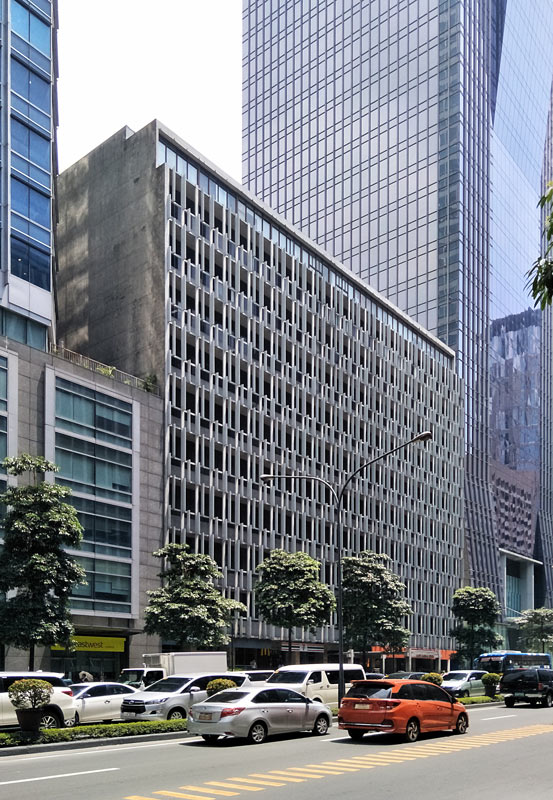
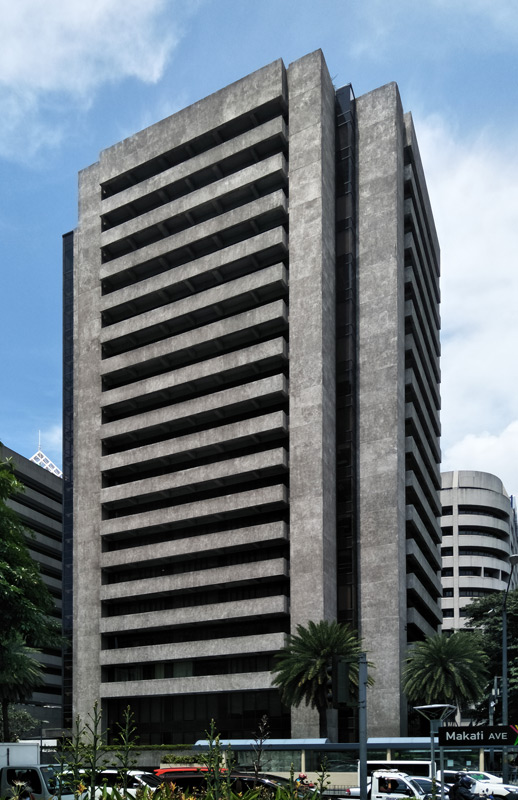
Coleman’s refreshing take on both good and bad examples of designed scale fits in with his curiosity about how these buildings were designed to begin with. “What I love about discovering things about buildings is that I analyze them. A good building takes a long time to analyze because you go into the thinking of the designer. What is it that caused the designer to do this? Whereas a bad building just takes a few minutes.”
READ MORE: Revitalizing Downtown Iloilo: The Push for City-wide Initiatives
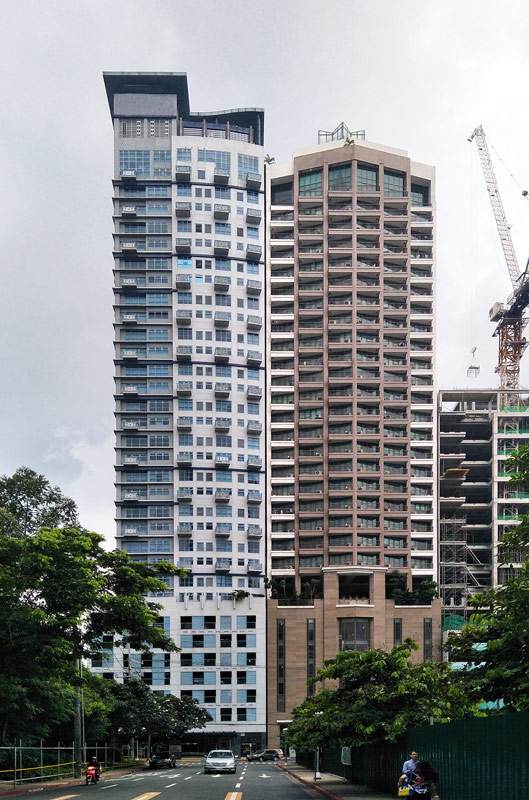
Coleman then bemoans the lack of understanding by foreign architects and also the lack of rigor in local developers and architects’ schemes in designing buildings inappropriate to the scale of the local context. He reinforces, “The international input from other architects who don’t really understand what the nature of the building over here is. They make a very slick building and when it comes to human scale there’s absolutely no relation whatsoever.”
A possible tried-and-tested solution to control the right to build high in Manila would be to introduce a means of taxation for developers which can contribute towards better public transport. Coleman recommends: “There must be some recompense for the human being that walks the street. And the recompense would be a community infrastructure levy like we get in London, where there is a taxation for taking away the sky. If you had a taxation here, less people would enter into a proposition because there would be less profit.”
After leaving the super-high cityscape of Makati and crossing Paseo de Roxas, we enter Legazpi Village proper. Washington Sycip Park, a privately owned public park provides a healthy respite from the oppressive midday heat with its diverse canopy of trees and quiet, contemplative spaces. The hotchpotch residential skyline peeks between the tree gaps but the lower streetscape is well concealed to give the park’s users a break from repetitive façades.
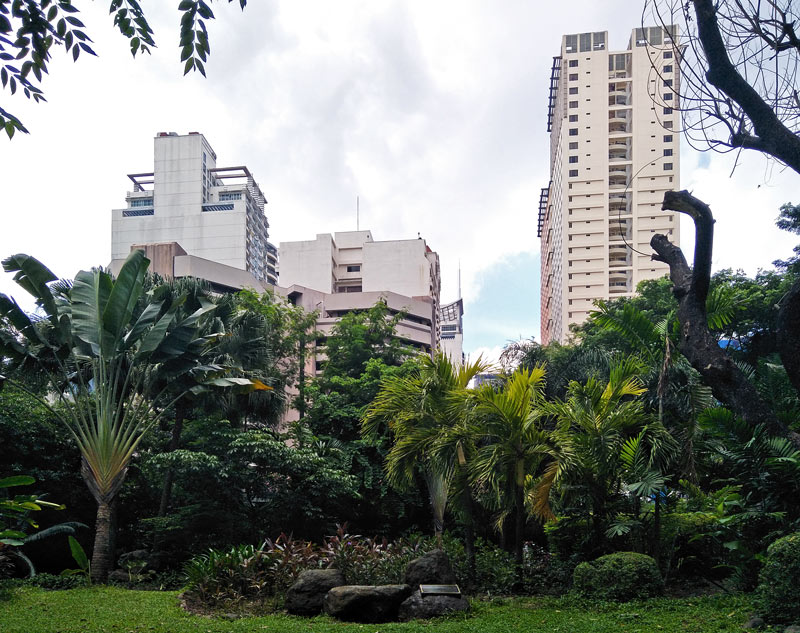
Coleman commends the townplanning of Legazpi as worthy of protected listing: “The original residential buildings, around eight to ten storeys high, surrounding the beautifully-kept gardens in Washington SyCip Park, all have a human scale. There’s a scale to Legazpi Village which is worthy of a conservation area. There’s a whole load of new buildings here which are all going high, all alongside each other, and there’s one or two big things popping up, which are an indication of what’s to come.”
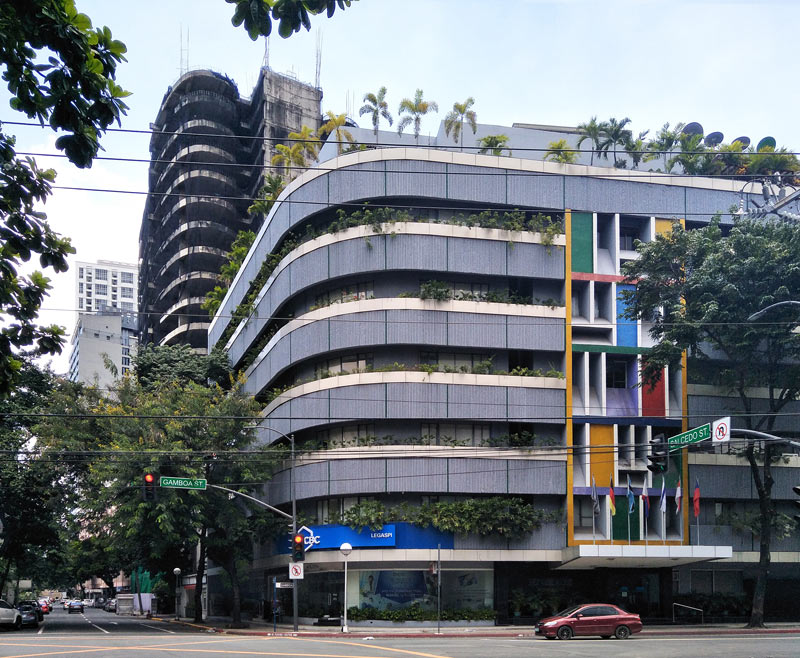
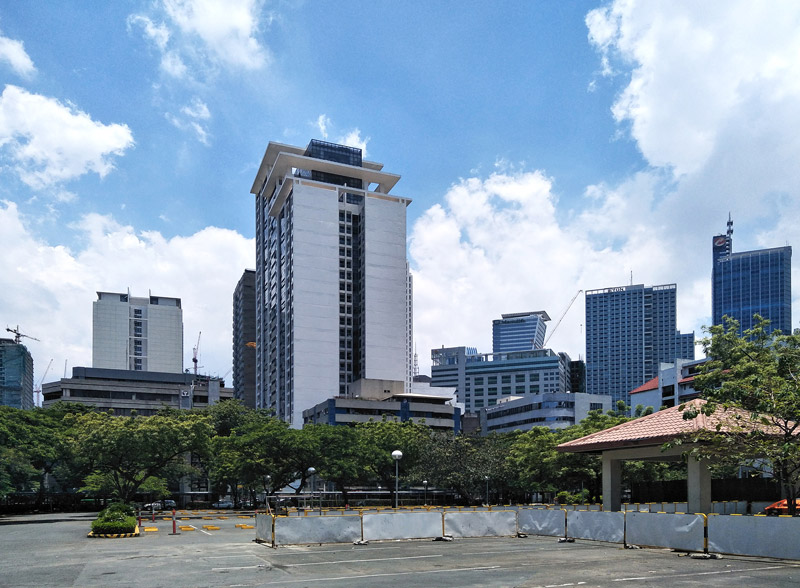
We finally arrive at the center of Legaspi car park, where the Legazpi Sunday Market takes place, but on this holiday Monday, a shaded spot under a tree provided a clear view across the entire surrounding neighbourhood. From here, Coleman underlines his interpretation of scale in tandem with other aspects of design such as colour, form, materiality, “It’s all about recognizable parts. That’s what scale is for me. It is not solely to do with height.” Coleman’s early background in art naturally leads him to emphasize the balance, rhythm and metamorphosis of the urban form—all the aspects that make us human, he stresses. Indeed, the built environment is a sculptural entity that needs constant moulding as much as it needs its operations to be managed efficiently. Each building, he claims, has a spiritual quality that either relates or disregards the individual. The scale of a building is one of the primary means to influence this and should not be belittled in the design process. ![]()
READ MORE: Grading BERDE, the Philippines’ green building rating system
For more stories and projects about scale across Southeast Asia, read the latest issue of BluPrint now available in digital format via the Flip100 app.
